A fusion of two conifers from the West Coast of America created a very British tree that perhaps deserves more respect than it currently receives
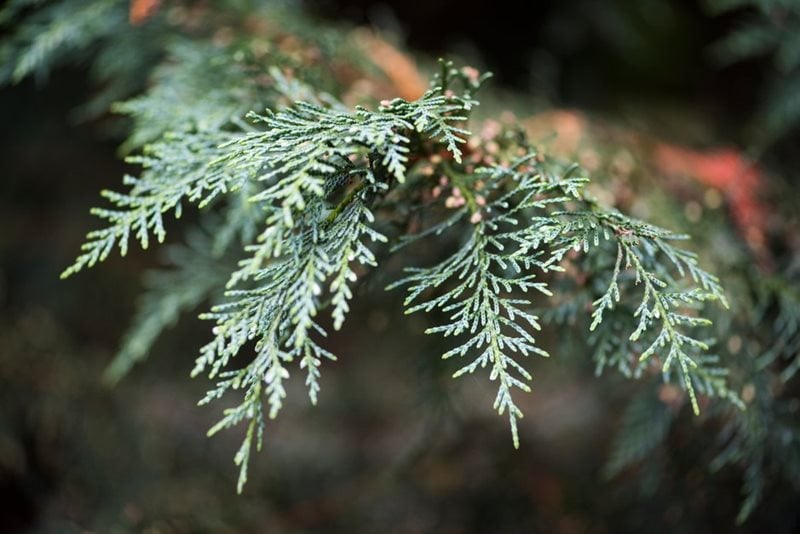
The first occurrence of the Leyland cypress appears to have been in Rostrevor, County Down, Northern Ireland in about 1870 – but the tree is forever associated with Leighton Hall, near Welshpool, Wales. It was here that in 1888 six seedlings from a Nootka cypress (Xanthocyparis nootkatensis) were raised that were subsequently identified as the product of a cross with a Monterey cypress (Cupressus macrocarpa).
In 1911 further seedlings of this unlikely hybrid were also grown from a tree in the grounds. The gardens associated with the house are now mostly derelict but the Naylor Pinetum survives and is managed by the Royal Forestry Society. One, originally known simply as clone 10, was blown down by a mini-hurricane in 1955 and it was only after this that it was propagated and named, is now called 'Naylor's Blue'.
Below, right – John Naylor (circa 1870) who was Master of Leighton Hall when the Leyland cypress (× Cuprocyparis leylandii) was first raised there. He died the following year and the property passed into the hands of his son Christopher John who, two years later, also inherited the even more impressive Haggerston Castle in Northumberland from his uncle, Thomas Leyland, whose name he adopted.
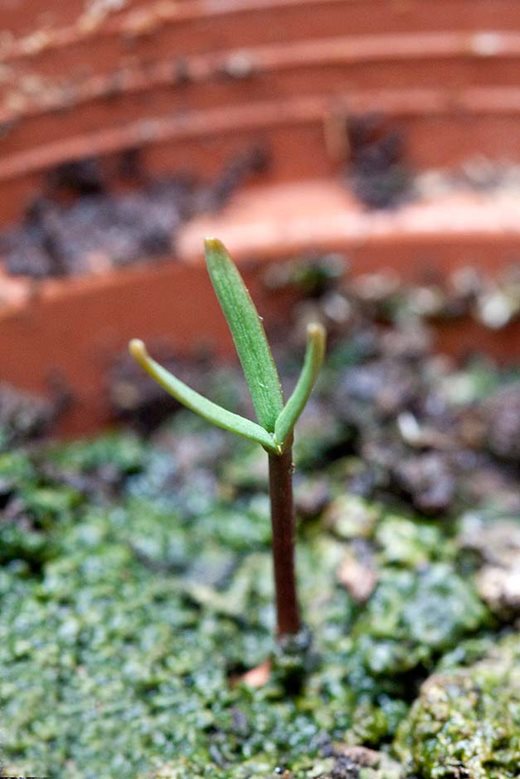
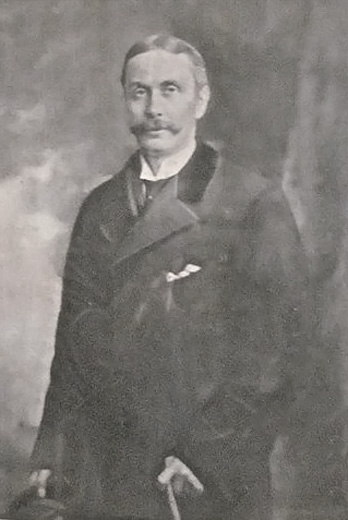
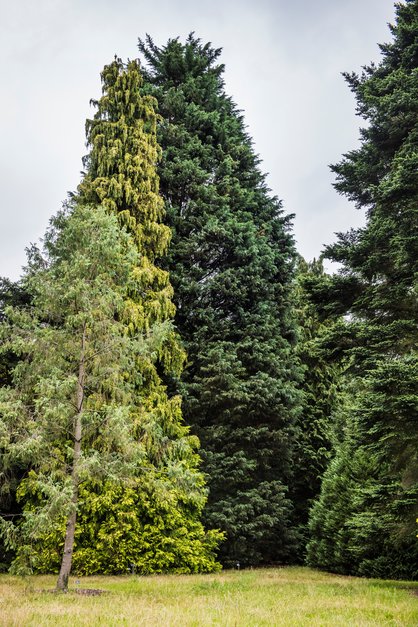 × Cuprocyparis leylandii ‘Naylor’s Blue’ (right) growing with other conifers in the Pinetum at RHS Garden Wisley.
× Cuprocyparis leylandii ‘Naylor’s Blue’ (right) growing with other conifers in the Pinetum at RHS Garden Wisley.
The tree at Wisley was received from the Royal Botanic Gardens Kew in 1966 and has grown into a fine specimen that produces an abundance of cones each year. From one of these a single seedling has been raised proving that despite its hybrid origins × Cuprocyparis leylandii is at least partly fertile.
Above, left: Seed was sown from the Wisley specimen: a single seedling emerged bearing three cotyledons. This was reassuring as the parents of Leyland cypress, Xanthocyparis nootkatensis and Cupressus macrocarpa, usually have two and four respectively.
When the RHS took possession of Wisley in 1903 it was noted that on part of the property there stood a small pine plantation. This was established by the Garden’s previous owner, George Fergusson Wilson, in about 1898 and it may have been the presence of these conifers that prompted the idea to use the area as a Pinetum.
The remnants of the plantation remain intact and the young saplings have grown into beautiful trees with trunks that glow auburn, orange and pink in the changing light.
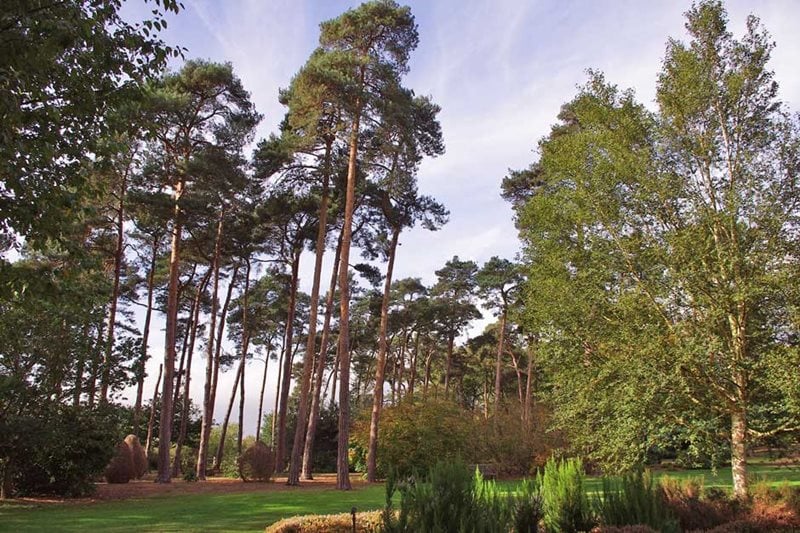
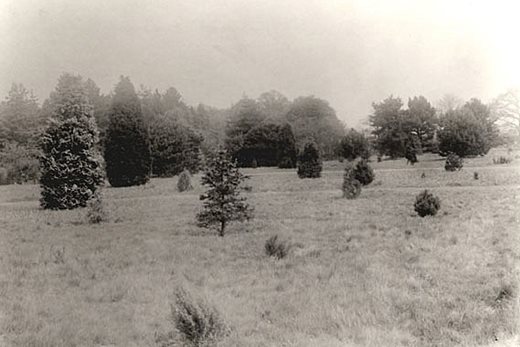
Right – A picture thought to show the Pinetum at Wisley in about 1910, a year after the first plantings were made there. Writing in 1933, Frederick J Chittenden noted of Wisley that 'conifers on the whole have not flourished' but the area now contains a number of exceptional trees.

